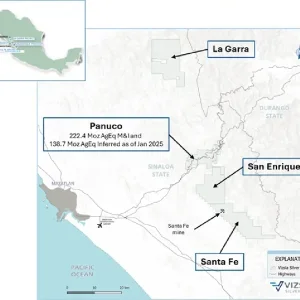The Key Lake SW property is located on the southeastern margin of the Athabasca Basin, about 40 km south-west of Cameco’s Key Lake uranium mill, in northern Saskatchewan, Canada.
The airborne survey will utilize Fugro’s fixed-wing Tempest Digital Time Domain Electromagnetic (DTDEM) system, which provides quantitative discrimination of relatively near surface (upper 200mt to 300mt) conductivity variations.
Airborne magnetic surveys map the variation in magnetic susceptibility, which predominantly results from changes in the percentage of magnetite and some other magnetic minerals in the bedrock.
The magnetic variations thus allow the mapping of differing lithologies, faults, potential alteration zones, etc. DTDEM surveys map the three-dimensional variation in conductivity that is caused by one or more of mineralogy (e.g., conductive minerals such as graphite or sulphides), intensity of alteration, water content or changes in salinity.
The correlation of the magnetic responses with the EM conductive trends enables the indirect geological mapping of bedrock under overburden and possible Athabasca Basin sandstone outliers. As well, the airborne geophysical data can identify anomalies and potential geological targets that may be spatially associated with uranium deposits or alteration zones near such deposits.
Fugro will commence the survey forthwith and Kirrin anticipates receiving data within four weeks and a full analysis and interpretation about another four weeks thereafter.
The eastern margin of the Athabasca Basin is home to the productive uranium mines with roughly 25% of the world’s uranium production coming from this area. Kirrin’s target at Key Lake SW is basement-hosted unconformity-type uranium deposits, similar to Cameco’s basement-hosted Millennium Deposit, located 65km to the northeast.






